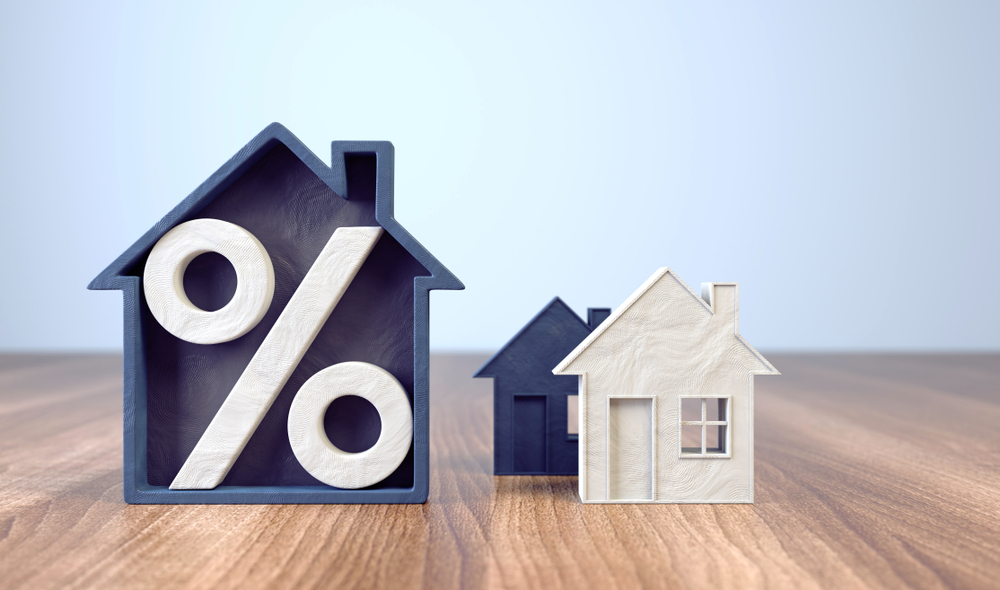This month’s mini-budget saw the pound drop to its lowest value against the dollar after the government announced tax cuts and an energy price cap. Although there has been a stamp duty cut in England we are yet to see if Holyrood makes the same cuts for LBTT to help buyers in Scotland.
In response to the budget announcement, the Bank of England announced that it would act to mitigate the effects of the budget on the market, potentially raising interest rates over the next few months. Market commentators believe that they could hit 6% by next spring. in response, mortgage companies withdrew products whilst the picture became clear. So, what can buyers do to keep their costs down?
Market stats
Mortgage approvals for purchases have increased by 17% month on month in August, according to the Bank of England, showing some resilience in the market. This is the highest level since the start of 2022 when mortgage approvals were higher than the pre-pandemic average. This followed a trend showing buyers securing a deal before interest rates went up.
Cost-of-living
At present, the cost-of-living squeeze, rising energy prices and rising interest rates have meant that confidence is at an all-time low. Rising mortgage rates are set to have the most significant impact on areas where homes are already at the higher end of the market or where house prices have surged the most over the last two years.
Most people with a mortgage are on a fixed rate, but many people are coming to the end of their deal in the next 12 months or are considering purchasing a first home. These people are concerned about what this means for their outgoings.
Research from Zoopla shows that higher mortgage rates will reduce buying power by as much as 28% as rates rise from 2% to 5%, with the impact likely to last until 2023.
What can you do to combat the rising costs of purchasing a property? The first step is to put down as large a deposit as you can – if you can borrow from a parent or grandparent, this will help to keep your mortgage repayments down and improve your borrowing power.
Another sensible step is to adjust your search by area – moving to a less expensive place or choosing a smaller, more affordable home. Finally, you could wait it out and see how things are by the spring, but with rates going up, this is a gamble.
The average value of a home rose by 8.2% over the last 12 months, and although the quarterly growth rate is slowing, there are no immediate signs of a significant slowdown in price inflation. Higher mortgage rates will have the most impact on activity in these higher-value markets and areas which have registered the most significant surge in prices over the last two years.










